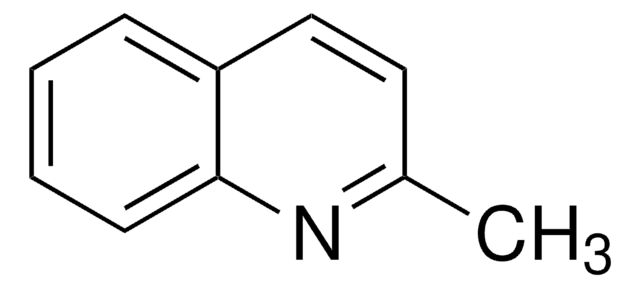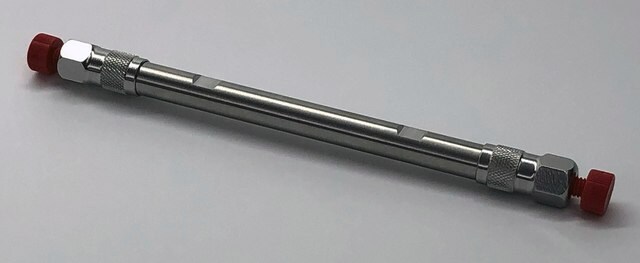24256
SPB®-624 Capillary GC Column
L × I.D. 60 m × 0.25 mm, df 1.40 μm
Synonym(s):
SPB-624, 60M .25MM 1.4UM
Sign Into View Organizational & Contract Pricing
All Photos(1)
About This Item
Recommended Products
material
fused silica
Quality Level
Agency
EPA 524.2,0030,624,8260,OLM04.2 VOA
meets requirements for USP G43
suitable for EPA 601
parameter
≤25-250 °C temperature (isothermal or programmed)
Beta value
45
df
1.40 μm
technique(s)
gas chromatography (GC): suitable
L × I.D.
60 m × 0.25 mm
application(s)
environmental
food and beverages
pharmaceutical
column type
capillary intermediate polar
Looking for similar products? Visit Product Comparison Guide
General description
Application: This column is specially tested for separation, efficiency, and low bleed. It is designed for purge-and-trap analyses of volatile halogenated, non-halogenated, and aromatic contaminants from environmental samples.
USP Code: This column meets USP G43 requirements.
Phase:
USP Code: This column meets USP G43 requirements.
Phase:
- Bonded
- Proprietary
- ≤0.32 mm I.D.: Subambient to 250 °C (isothermal or programmed)
- ≥0.53 mm I.D.: Subambient to 230 °C (isothermal or programmed)
Application
SPB®-64 fused silica capillary column may be used in gas chromatography quipped with flame ionization detector (FID) in order to measure styrene level in the blood and in the cochlear samples, in an investigation to determine the distribution of styrene in the cochlea, to monitor the hearing loss and death of cochlear cells in different regions as a result of varying styrene dosage and to analyse the relative vulnerability of cochlear cells and cell death pathways after styrene exposure as styrene is ototoxic and causes cochlear damage starting from the middle turn.
Other Notes
We offer a variety of chromatography accessories including analytical syringes
Legal Information
SPB is a registered trademark of Merck KGaA, Darmstadt, Germany
Storage Class Code
13 - Non Combustible Solids
WGK
nwg
Flash Point(F)
Not applicable
Flash Point(C)
Not applicable
Choose from one of the most recent versions:
Already Own This Product?
Find documentation for the products that you have recently purchased in the Document Library.
Guang-Di Chen et al.
Toxicological sciences : an official journal of the Society of Toxicology, 98(1), 167-177 (2007-04-11)
It is known that styrene is ototoxic and causes cochlear damage starting from the middle turn. However, the cellular mechanism underlying styrene ototoxicity is still unclear. In this study, rats were exposed to styrene by gavage at different doses once
Our team of scientists has experience in all areas of research including Life Science, Material Science, Chemical Synthesis, Chromatography, Analytical and many others.
Contact Technical Service






